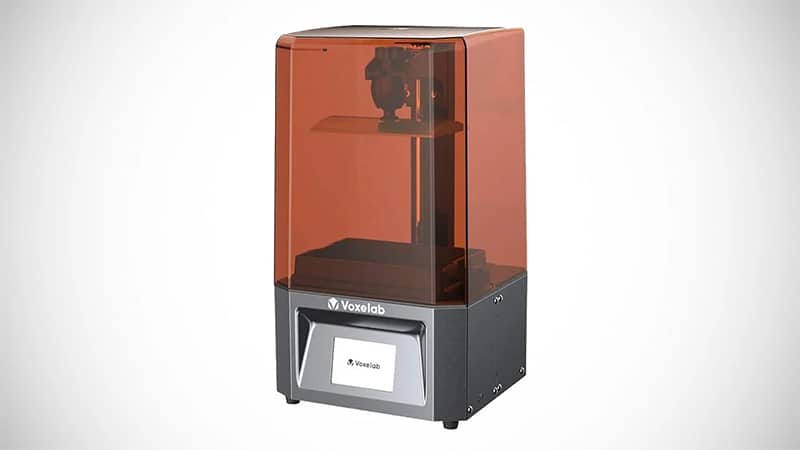Last Updated on
3D Printing with resin is about to hit the mainstream with the help of printers like the Proxima from Voxelab

Last Updated on
So knowing what I know now, would I choose the Proxima again? Absolutely. it’s great. The quality is beyond what I expected and the ease of use takes things to the next level. If Voxelab can produce products like this at this price it will have to make the other manufacturers take note and either add more features or reduce their own prices. With this and Voxelab’s FDM Aquila I’m really looking forward to what whey come up with for the next tranche of products over the next year or so.
It’s exciting times in the 3D printer space and the Voxelab Proxima now holds a deserved seat at the top table.
